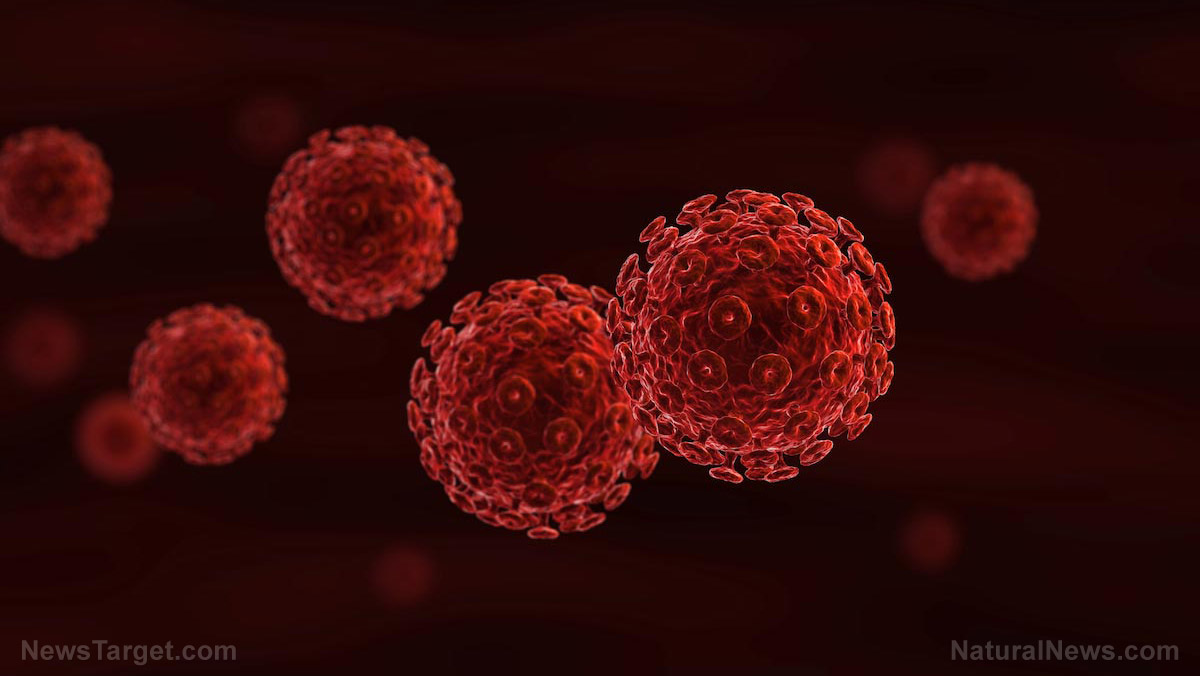Incurable: Gonorrhea outbreak in Hawaii showing increased antibiotic resistance
12/06/2016 / By outbreaknews

At least seven patients from Hawaii are suffering from what health experts fear may eventually become an incurable outbreak of gonorrhea. The sexually-transmitted disease (STD) is typically treatable with antibiotic drugs like ceftriaxone and azithromycin, but growing antibiotic resistance is rendering these drugs increasingly ineffective, including in each of these cases.
CNN reports that the six men and one woman have all been effectively cured with ceftriaxone and azithromycin, but that the two-drug regimen isn’t as effective as it used to be. Tests conducted by the Hawaii State Department of Health show that the each of the seven cases of infection took a lot longer to go away using the drugs, and that this is the first time that gonorrhea hasn’t responded as quickly and effectively to their use.
“Since 2005, we have seen four isolated cases that showed resistance to both drugs,” Paul Fulton Jr., a spokesman for the U.S. Centers for Disease Control and Prevention (CDC) told reporters. “But the Hawaii cases are the first cluster we have seen with reduced susceptibility to both drugs.”
The CDC warned an audience at the recent 2016 STD Prevention Conference in Atlanta, Georgia, that antibiotics are showing decreased effectiveness in the treatment of conditions like gonorrhea, which reportedly infects 800,000 new people living in the U.S. every year. Many cases go unnoticed or untreated, the agency says, but those who do require treatment are seeing less favorable outcomes.
“We usually see emerging decreased susceptibility or resistance coming from the West, starting with Hawaii, and then we also see a higher proportion of isolates with decreased susceptibility in men who have sex with men,” says Dr. Gail Bolan, director of the division of STD Prevention at the CDC. “This is a pattern we’ve seen with penicillin resistance and other antibiotics.”
Antibiotic resistance a concern across the disease spectrum
Gonorrhea is just one condition among many that are no longer responding well to antibiotic treatments. The United Nations General Assembly recently convened a meeting to discuss the epidemic of antibiotic resistance across the entire disease spectrum, and ways in which it can be curbed by addressing the problems of antibiotic overuse and abuse both in medicine and conventional animal husbandry.
One major issue is the use of antibiotics in commercial food production, specifically as a feed additive to fatten up cattle before slaughter. When people eat the meat from these animals they also consume trace amounts of antibiotics that contribute in a major way to the growing problem of resistance, something Mike Adams, the Health Ranger, addresses in his new book, Food Forensics.
This major misuse of antibiotics as a fattening agent in cattle accounts for as much as 85 percent of all antibiotic use in the world, meaning it is arguably the biggest contributor to antibiotic resistance. Until this practice is curbed or banned altogether, society can only expect the problem to worsen, which means increasingly fewer options for effectively treating human conditions like gonorrhea.
“Following the spread of gonococcal fluoroquinolone resistance, the cephalosporin antibiotics have been the foundation of recommended treatment for gonorrhea,” says the CDC on its website, warning about the emergence of antibiotic-resistant gonorrhea. “The emergence of cephalosporin-resistant gonorrhea would significantly complicate the ability of providers to treat gonorrhea successfully, since we have few antibiotic options left that are simple, well-studied, well-tolerated and highly effective.”
In the meantime, experimental drugs like ETX0914, a new class of antibiotics, are already undergoing testing as a possible alternative to the more traditional drug options for gonorrhea. ETX0914 has already shown positive results in phase-2 clinical trials, effectively curing all patients at 3-gram (3g) doses, and upwards of 98 percent of patients at 2g doses.
Sources for this article include:
Tagged Under: antibiotic, Gonorrhea, Hawaii



















